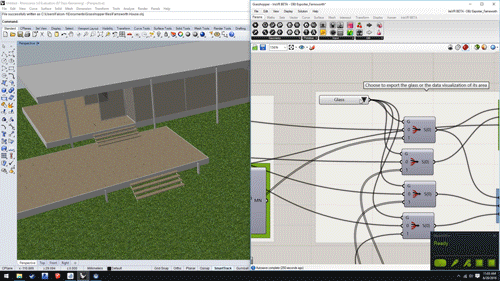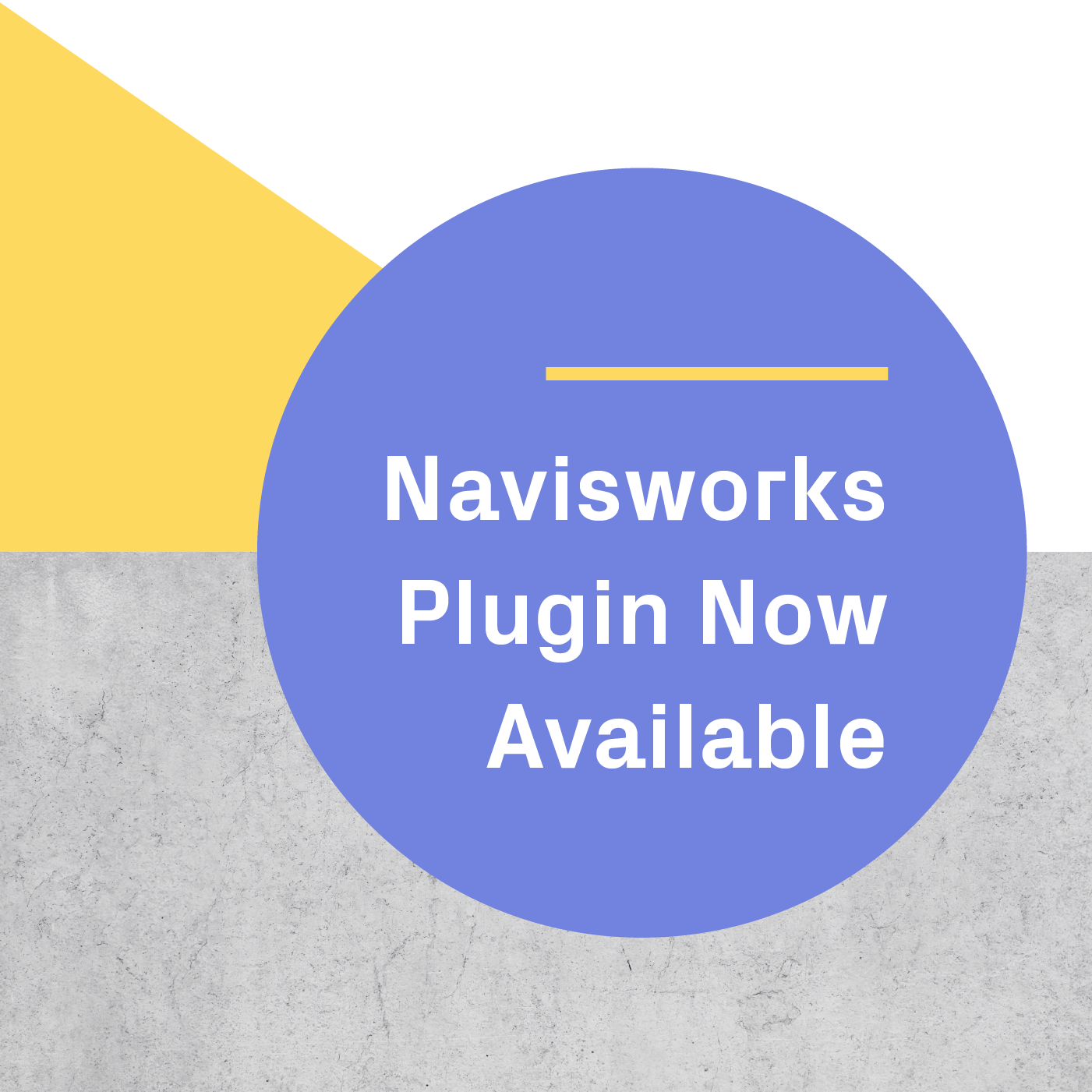V-Ray has posted a tutorial video here: https://youtu.be/elqX1yruAnI
You can render stereoscopic panoramas using a variety of applications such as V-Ray or Lumion, and share these with clients or colleagues using the IrisVR Scope app. Check out a full list of supported panorama formats here.
IrisVR just came back from the North American Revit Technology Conference (RTC) in Washington, DC. It was a great conference with 600 passionate BIM and Revit users, as well as developers. It was a pleasure showcasing and discussing our product solution and the use cases of virtual reality in AEC. The learning sessions and presentations at the conference were educational and practical. In this blog post, I'll highlight some of my favorite parts of the event.
One of the key features and advantages of virtual reality (VR) technology is that the user gets a better sense of scale and depth compared to looking through regular monitors and projectors. Generally people who experienced VR models in a correctly set up Head Mounted Display (HMD), such as the Oculus Rift, report that they feel the virtual world is at the right scale. For architects and other design professionals, getting an accurate sense of scale, depth and volume of space is fundamentally critical. IrisVR delivers premium VR experience for architects and other AEC professionals in general. We are not content with users’ qualitative feedback alone; we want to take a scientific approach to verify that scale in VR matches real world scale. So we designed and conducted two experiments to find a way to “project” the virtual world into real world. We then are able to measure the virtual distance and rotation in physical real world and see if they match or not.
IrisVR and HTC Vive Integration: Natural Movement and Interaction
Update: Prospect is fully compatible with the HTC Vive. You can start a free trial today.
Update: Prospect is fully compatible with the HTC Vive. Check out our documentation to learn more.
.png?width=212&name=Prospect%20by%20IrisVR%20Black%20(1).png)










